News
Hanukkah in New York: 1920
December 10, 2020
One hundred years ago, Hanukkah was still emerging as a well-known holiday and developing into the festive event we know it to be. This minor holiday in Jewish life was linked to several other social events and issues in 1920, though it was on its way to changing.
In the late 19th century, Hanukkah, an overlooked holiday by many, had been modified to fit with Jewish identity. Amplified by reform Judaism, there was a rise in popularity for the occasion. This coalition targeted celebrations with a less religious and more cultural or historical identity, not only making Hanukkah a Jewish version of Christmas but also boosting it to be linked to Jewish life.
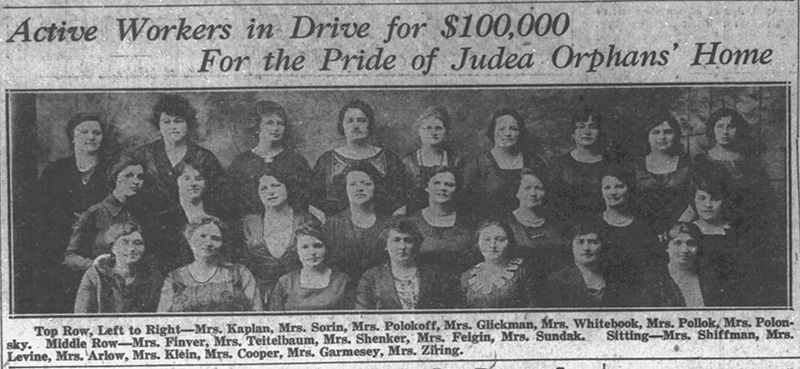
Newspaper clipping from The Standard Union Sun, December 12, 1920, about the Active Workers Drive raising money for the Judea Orphans’ home.
Jonathan Goldman, Ph.D., professor of English at NYIT College of Arts and Sciences, has been researching Hanukkah for the digital project New York 1920, 100 Years Ago Today: When We Became Modern. “Hanukkah was a minor festival in the Jewish calendar until U.S. Jewish groups started promoting it in the late 1800s,” he says. “At the time, many Jewish Americans celebrated Christmas as one way of assimilating into U.S. culture; Hanukkah was seized upon as an alternative and rival to Christmas, and was even linked to early 20th-century Zionism. Still, in 1920 Hanukkah was not yet on most Americans’ radar and was far from the marketing bonanza it would become. Gifts, for example, tended to be unextravagant, simple household items. The thing is, antisemitism was an active and powerful discourse in U.S. society then, influencing the manner by which Jewish people would express their religious identity.”
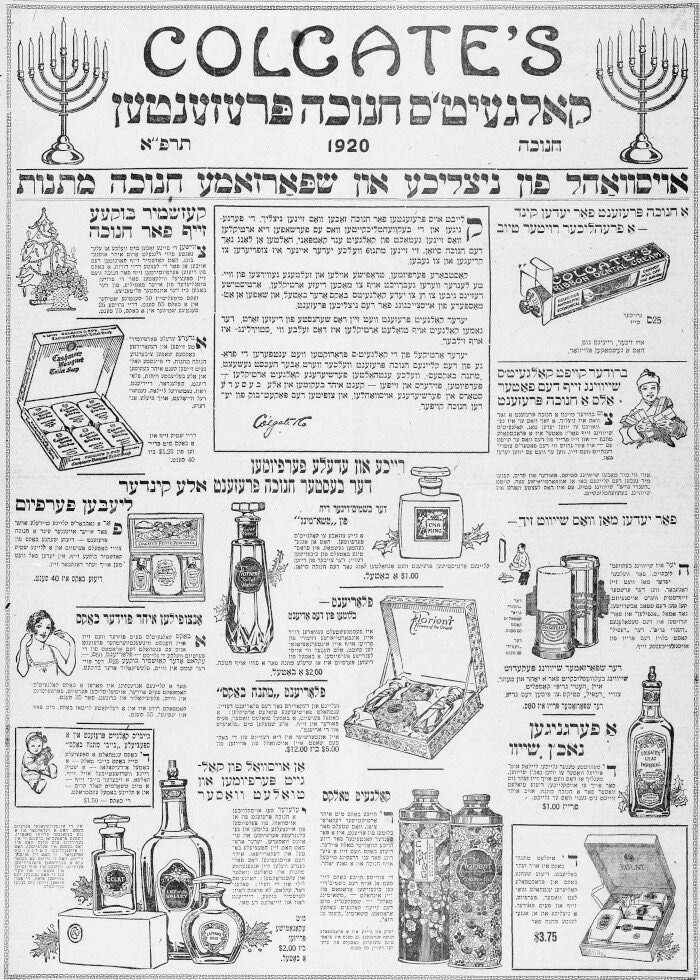
Newspaper clipping from The Forward, December 9, 1920 National Library of Israel. An advertisement in Yiddish, from the Yiddish-language daily the Forverts, pitching domestic products perfumes, shaving cream, soap, and even toothpaste, as gifts. Credit: National Library of Israel.
At the time, this holiday was also one that Jewish Americans would mark through political action and humanitarian works. Take, for example, the reports of charitable acts, fund drives, and food drives for the needy, particularly by progressive organizations such as the Jewish Women’s Organization. From a political standpoint, this change was occurring at the end of a 50-year-long intense Jewish immigration to the United States. This would lead to quotas for Jewish immigrants in the 1921 and 1924 immigration laws.
These movements and events are often overlooked when it comes to modern Hanukkah but have intensified the holiday’s history to make it what it is today.
Learn more about Hanukkah in 1920.
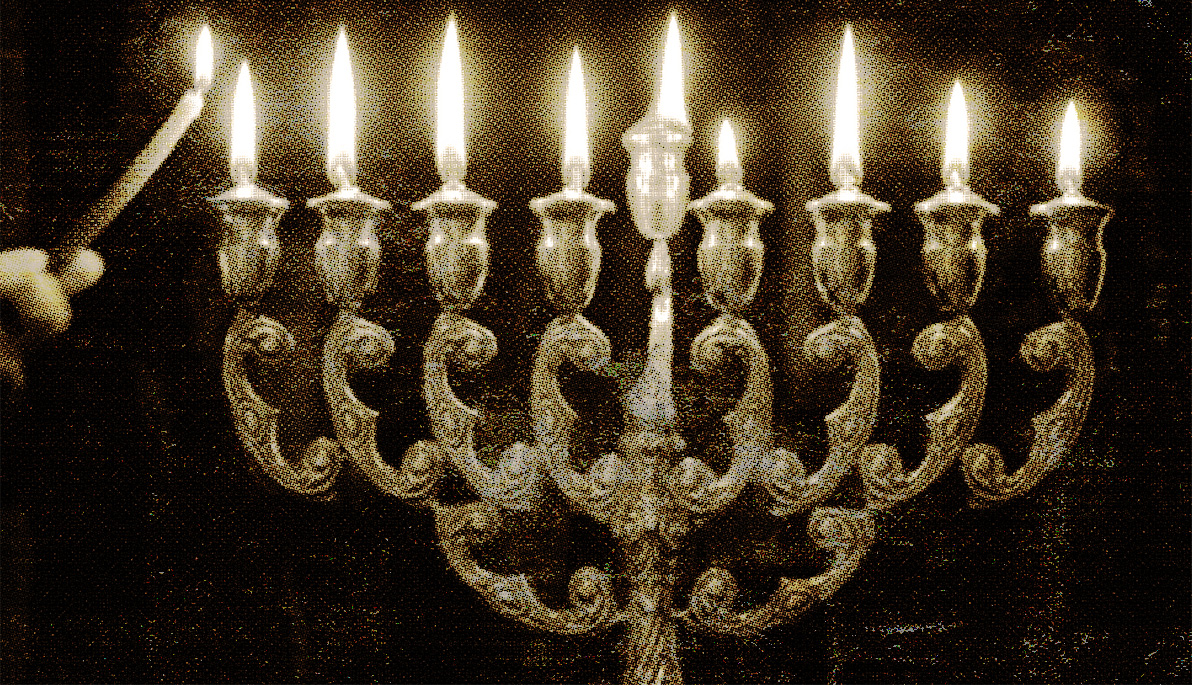
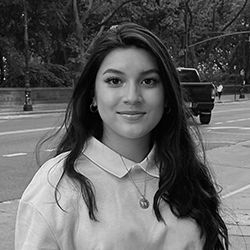
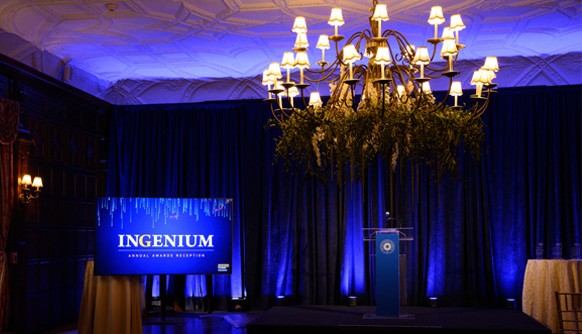
_Thumb.jpg)

